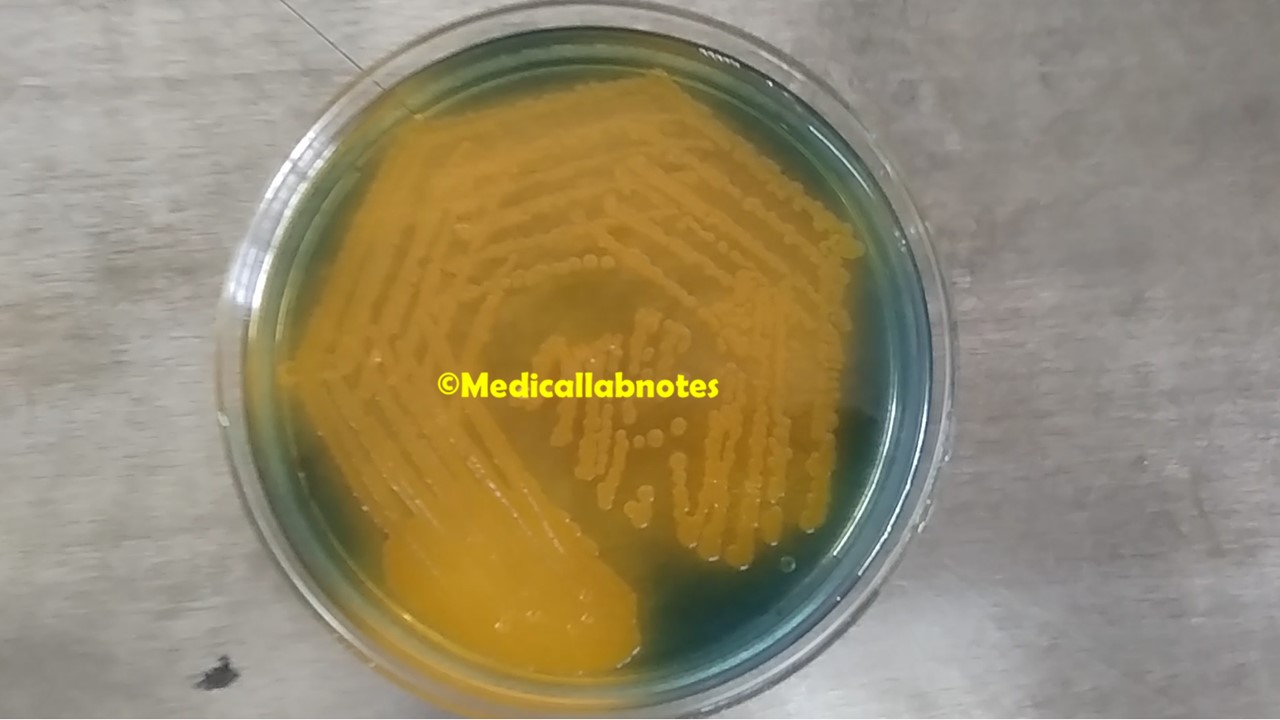Vibrio cholerae Serotyping: Introduction, Principle, Test Requirements, Test Procedure, Result- Interpretation and Keynotes
Introduction of Vibrio cholerae Serotyping Vibrio Serotyping helps to differentiate serotypes of Vibrio. Serotypes refer to separate groups within a species of microorganisms that all share a similar property. More specifically, each serotype has the same number of antigens on its surfaces. For example, V.cholerae O1 serovar Inaba, V. cholerae O1 serovar …








